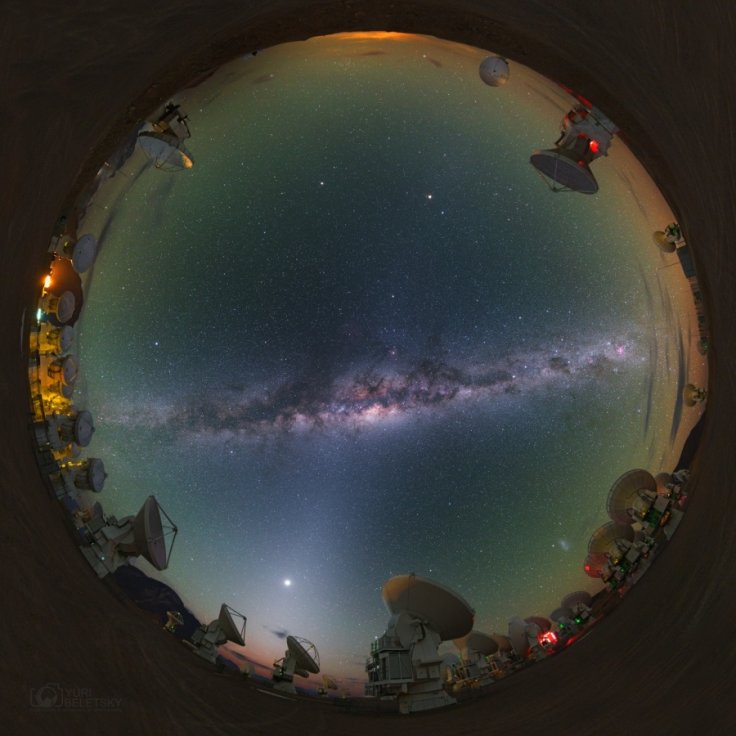
A group of astronomers have found oxygen in the far galaxy, which was found earlier and it is the most distant trace that ever discovered in the universe. Their observation also implicated that the formation of the star in the galaxy MACS1149-JD1 had begun 250 million years after the Big Bang.
The far-distant galaxy MACS1149-JD1 was discovered by the astronomers, who used the radio telescopes Atacama Large Millimeter and Very Large Telescope of the European Southern Observatory (ESO) in Chile. Scientists said that its signal was estimated 500 million years after the Big Bang. But the team of the astronomers, led by Takuya Hashimoto from the Osaka Sangyo University and National Astronomical Observatory of Japan, have found the trace of oxygen in that galaxy.
The group stated that the recent findings, which was published in the journal Nature, have clearly indicated that previous generation starts used to be a part of that galaxy, which is 13.2 billion light-years away from earth. The discovery of oxygen in the MACS1149-JD1 has shown that those stars must have already formed 500-million-years after the Big Bang and then they started to release the oxygen in the far distant galaxy.
However, a team of scientists has reconstructed the history of that galaxy by using data collected through NASA or ESA Hubble Space Telescope and the NASA Spitzer Space Telescope to find out the trace of the oldest star. After the research, those scientists came to know that the brightness of the galaxy is explained by a model, which showed the beginning of the star formation started 250-million-years after the universe was created. This finding has also triggered the question of when the first galaxy appeared.
The second author and a researcher at University College London (UCL) in the UK, Nicolas Laporte said, "Today, we see this galaxy as it was at the time when the universe was only 500 million years old – in which it already contains a population of developed stars. So we are in a position to dive through this galaxy into an even earlier, completely unknown period of cosmic history."
Laporte's colleague at UCL and another senior astronomer Richard Ellis, who also was a co-author of the study mentioned that they came close to several renewed optimism, including the birth of starlight. He added, "Since we are all made of a processed stellar material, this is really finding our own origins."
There is also a video, published by the ESO on their YouTube channel that showed the probable star formation history in MACS1149-JD1 through computer-generated graphics.









